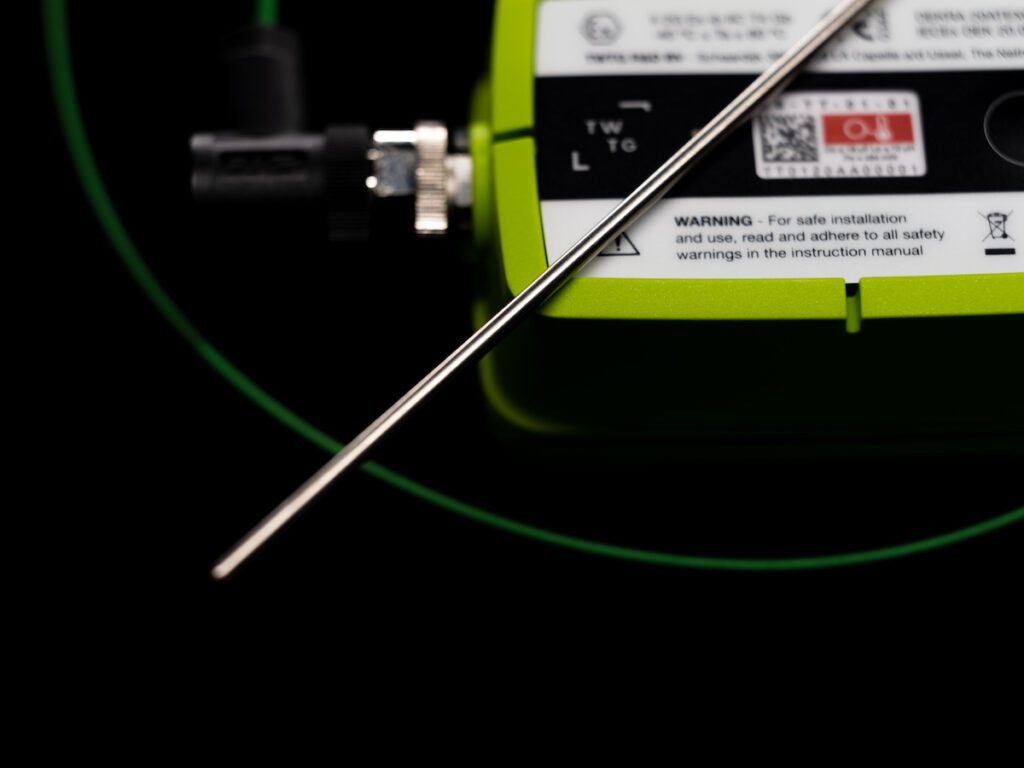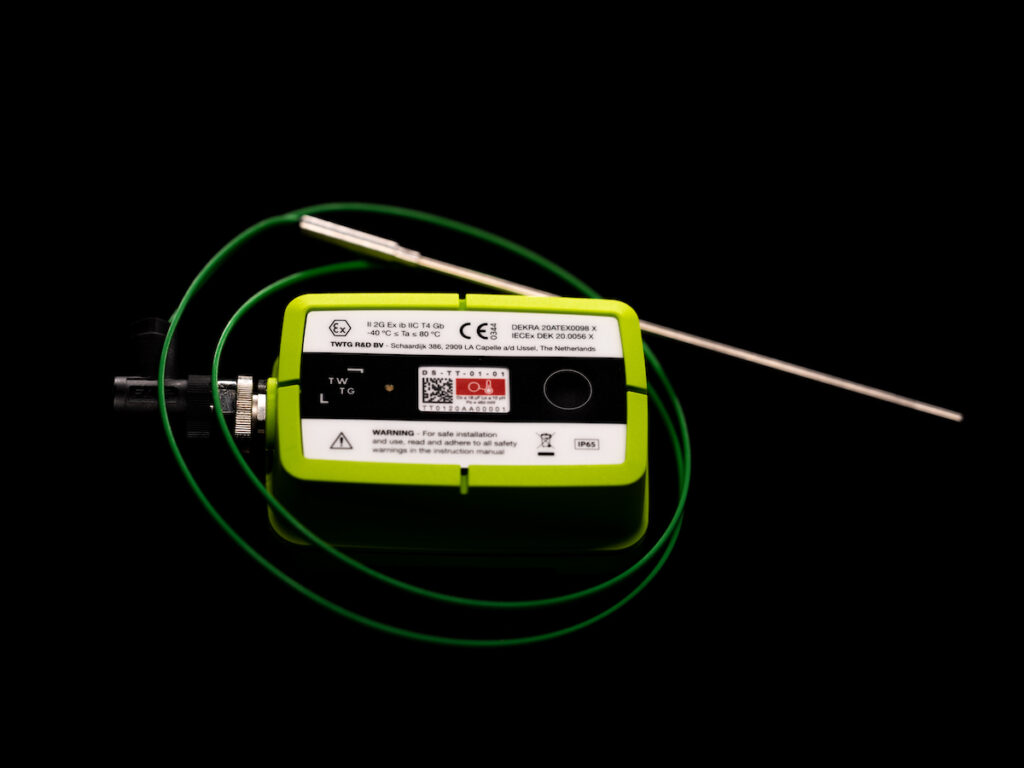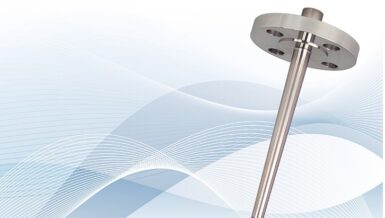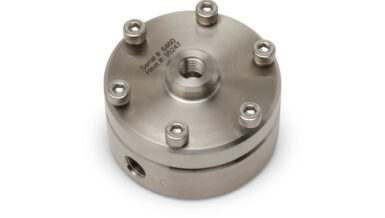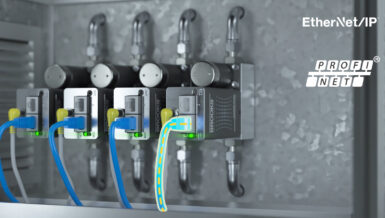Where an engineer, at regular intervals, visually verifies that static instrumentation is within a defined boundary. The gauges and reading technology have changed over the years, but the methodology hasn’t.
History shows us you cannot underestimate the value of having experienced engineers physically inspect equipment. However, it is equally necessary to note that the nature of scheduled monitoring eliminates any opportunity to make earlier, and possibly crucial, adjustments.
To counter the physical limitations of having engineers continually monitor crucial thermocouples’ temperatures, the second method employed, and hardly a technological leap, is to run a very long wire to a central control room. Here, an engineer can monitor an array of gauges.
These systems allow engineers to receive a stream of consistent and accurate temperature information, but decisions still rely on the engineer’s interpretation, experience and ability to monitor multiple readings simultaneously. More sophisticated facilities would have automated alerts on critical assets.
However, it is important to note that, while these more advanced systems offer engineers the ability to ensure a finely balanced facility, they reveal very little insight into a facility’s current state.
There are a few reasons for this. Firstly, the physical restrictions of having to run an individual wire for every thermocouple means that inevitably most facilities only monitor crucial components. The second reason is the limitation of how many readings a human can effectively and simultaneously monitor. Lastly, even if a facility were to hardwire every possible thermocouple, without a sophisticated data-led solution to make effective use of a potentially vast amount of data, it would serve little purpose.
The implications for the future are straightforward. When an IT architect begins to plan a new facility or explores the process of smartification to an existing refinery, no traditional temperature recording method, beyond its primary purpose, is beneficial. It’s widely accepted that any next-generation oil or gas industry facility will have a significant reliance on IoT data to employ machine learning and decision making techniques.
Furthermore, future facilities monitoring techniques will need to be highly agile and able to scale up to fill gaps in data quickly. Engineers will swiftly retrofit IoT sensors to any existing infrastructure or plant without concerns with power, network cabling, or excessive costs.
This is not only true of temperature sensors but an array of other devices to monitor a plethora of attributes. Unlocking the potential to monitor across thousands of data points will provide engineers with a complete data overview of a facility.
With this vision in mind, TWTG began developing their NEON range – in which currently there are two remote temperature measuring devices: the NEON Temperature Sensor and the NEON Temperature Transmitter.
TWTG developed both sensors to run on a LoRaWAN network. Initially developed by IBM for IoT purposes and then released as an open protocol, LoRaWAN seemed the logical choice when deciding on a communication backhaul for IoT sensors.
The NEON Temperature Sensor has an integrated sensor with a range between -40 to 80oC, and the unit can be fitted to any pipe or equipment necessary.
Once a sensor is set to its desired operational parameters, should any limits be breached, an operator will receive an alert via a central dashboard or personal device. This approach means operators can respond immediately to an event rather than reacting to a situation spotted during a scheduled inspection. Potential issues will be detected earlier or even, with the appropriate system, predicted and a problem avoided entirely.
The NEON Temperature Transmitter operates in much the same way but differs slightly by enabling engineers to connect any thermocouple or RTD to the Transmitter, allowing it to measure much more extreme temperatures. This offers an engineer the best of both worlds. Firstly, a broader temperature span is possible via the thermocouple and
not only will this method enable a previously static asset to become smart, but it will altogether avoid any need for the thermocouple to be hardwired back to the DCS.
NEON devices are easy to install and commission as simply as a home wifi device, these will then immediately start to communicate temperature data.
Integral batteries power each sensor, and depending on the prefered frequency of communication, have an estimated five to ten-year life expectancy. This low-power capability stems from transmitting the data in super small packages, and then only when it’s truly needed or a scheduled heartbeat is required.
Completely retrofittable onto existing infrastructure, NEON sensors avoid the need to upgrade perfectly functional equipment with its modern technology-integrated equivalent.
As a standard, all NEON sensors will have ATEX / IECEx Zone 1 certification. The NEON Temperature Sensor is already certified for use within Europe, Singapore, and the US and Canada. The Temperature Transmitter has the EU certification, with Singapore to come in the coming months and the US and Canada within the year.




